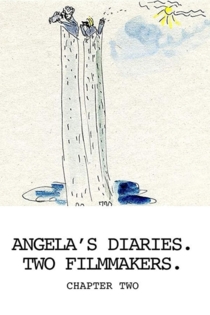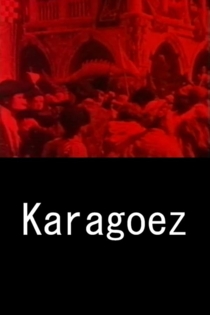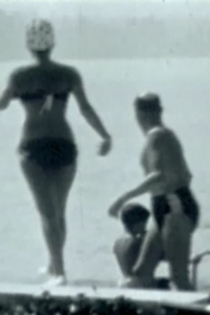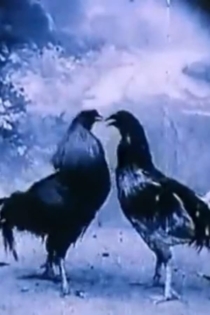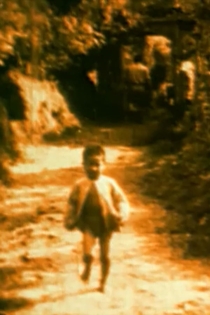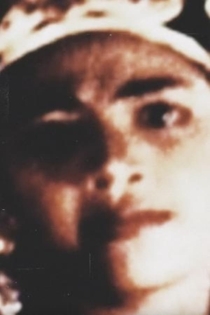
Yervant Gianikian
2021Su tutte le vette è pace
Yervant Gianikian, Angela Ricci Lucchi
Found footage anti-war film comprising film documents of the Austro-Hungarian and Italian army on the Alpine front, and from first generation picture material by war-film pioneer Luca Comerio.
On the Heights All Is Peace
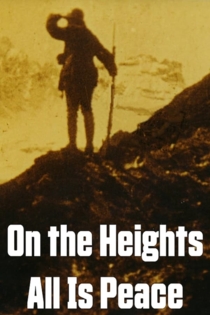
Prigionieri della guerra
Yervant Gianikian, Angela Ricci Lucchi
This haunting film comprises of footage shot during WWI from opposite sides of the conflict: Czarist Russia and the Austro-Hungarian empire. The filmmakers tinted the material with sensual colors from sepia to red, blue, and purple and slowed the footage to analyze the material. The total absence of commentary renders the material eloquent and disturbing. - MoMA
Prisoners of War
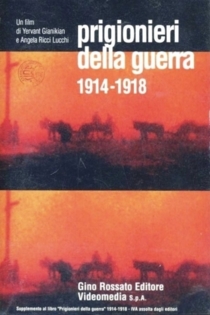
Images d'Orient: Tourisme vandale
Yervant Gianikian, Angela Ricci Lucchi
Giovanna Marini
Working from archives of private film footage from a trip to India by the upper class of the late 1920s, a period of strong anti-colonial outbreak, Yervant Gianikian and Angela Ricci Lucchi deconstruct the images and analyze the attitude and behavior of Westerners in the East.
Images of the Orient - "Vandalic Tourism"

Lo specchio di Diana
Yervant Gianikian, Angela Ricci Lucchi
In 1926 the remains of two ships built by the Emperor Caligula were found at the bottom of Lake Nemi, near Rome. Mussolini had the lake drained and established a museum as a celebration of the imperial origins of Fascism, but the museum and ships were destroyed by fleeing Nazis in 1944. The film commemorates these events. - MoMA
Lo specchio di Diana

Frammenti elettrici n. 5 - Africa
Yervant Gianikian, Angela Ricci Lucchi
Frammenti Elettrici n.4-5. Asia-Africa consists of archive footage from the 1970s, revealing the social upheavals and differences of the people in different countries of Asia and Africa. The amateur shots reflect the social and economic conditions in these countries before their development as tourist areas, or before its people were afflicted with devastation and wars. The images are indifferent to a suffering they dont yet seem to know, and which has to be viewed anew with the knowledge and distance of today.
Frammenti elettrici n. 5 - Africa
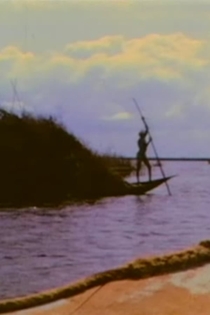
Dal Polo all'Equatore
Yervant Gianikian, Angela Ricci Lucchi
Raimondo Franchetti
The title Dal polo all'equatore was first used by the pioneering documentary maker, Luca Comerio, for a compilation film of 1925; it was used again by Yervant Gianikian and Angela Ricci Lucchi for their film of 1985. Much of the original has been re-worked: the 'found footage' has been re-shot, slowed down, tinted, and re-edited with a sound track of minimalist composition. As a result, the exotica of colonial travel and sport take on new and sinister meanings. The acts of violence, especially those of hunting, recur in patterns that suggest visually that war is a logical development. A close examination of the work, starting with the opening sequence of a railway journey, explores the centrality of questions of memory and history to this remarkable and influential film.
From the Pole to the Equator
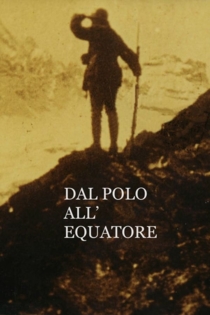
Oh! Uomo
Yervant Gianikian, Angela Ricci Lucchi
Benito Mussolini
After Prisoners of the war and On the Heights all is Peace, this film concludes Yervant Gianikian and Angela Ricci Lucchi's trilogy on the first world war. From the emblem of totalitarianism to individual physical suffering, the directors use this representation of man's rampaging violence to draw up an anatomical inventory of the damaged body and examine the consequences of the conflict on children, from 1919 to 1921. From the deconstruction to the artificial reconstruction of the human body, they try to understand how humanity can forget itself and perpetuate these horrors.
Oh! Man
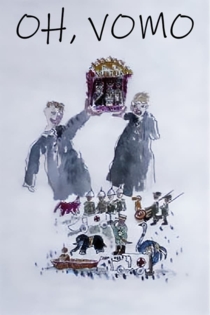
Notes sur nos voyages en Russie 1989-1990
Yervant Gianikian, Angela Ricci Lucchi
This is a “sublimation“ film of notes, watercolours, travel diaries. In 1989-90, we filmed the last survivors of the Russian avant-garde movements of the 1920s and ’30s in Leningrad-Saint Petersburg, the city of Osip Emil’evic Mandel’štam – the author of the poem Journey to Armenia. The film is a fragment of a vast fresco recorded during the fall of the Soviet Union, with the portraits of the last witnesses of a great history that no-one had registered and who are now dead.
Notes sur nos voyages en Russie 1989-1990

Uomini, anni, vita
Yervant Gianikian, Angela Ricci Lucchi
Using images shot in Russia and Armenia from World War I to the 1930s and retrieved from a Soviet film archive, Gianikian and Ricci Lucchi constructed a meditative film about the status of Armenians as a people without a state. Inspired by the diary of Gianikian’s father, People, Years, Life uses rare footage depicting the region’s major historic events: the end of Tsarist Russia, violence in the Caucasus during World War I, the 1918 Armenian exodus from Azerbaijan. Gianikian and Ricci Lucchi’s treatment of the material manipulates the speed of the images, adds color and music, and magnifies various parts of the image, so that the movement of bodies across the frame begins to carry the weight of exile, mourning, dispossession.
People, Years, Life
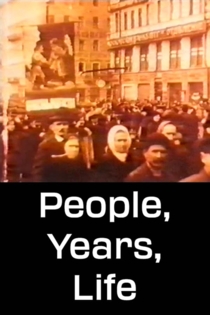
Il Diario di Angela - Noi Due Cineasti
Yervant Gianikian
Every day of her life, Angela kept a diary, filled with words and drawings, in which she recorded public and private matters, meetings, things she had read, everything. Including the account of two trips to Russia (1989-90). The period of the collapse of the USSR. A diary that she had been keeping in small Chinese notebooks, since before Dal Polo all’Equatore (1986), on our uninterrupted work on the violence of the 20th century. From our tours in the United States with the “scented films” of the late seventies to the Anthology Film Archive of New York and the Berkeley Pacific Film Archive...
Il Diario di Angela - Noi Due Cineasti
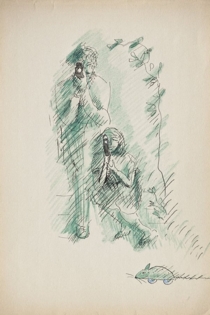
I diari di Angela: Noi due cineasti. Capitolo secondo
Yervant Gianikian, Angela Ricci Lucchi
I felt an urgent need to continue with I diari di Angela - Noi due cineasti. Capitolo secondo, for me a world of symbols and colors. Our long journey together could only be given new meaning again. I set out, with considerable reserve, to make the second part of the film that in 2018 had had a favorable reception all over the world. I thought for a long time about how to make use again of her words, her drawings and her silences. Angela and I filmed and wrote two parallel diaries. The images I shot around Europe, America and elsewhere fit perfectly with her writings.
Angela’s Diaries. Two Filmmakers. Chapter Two
